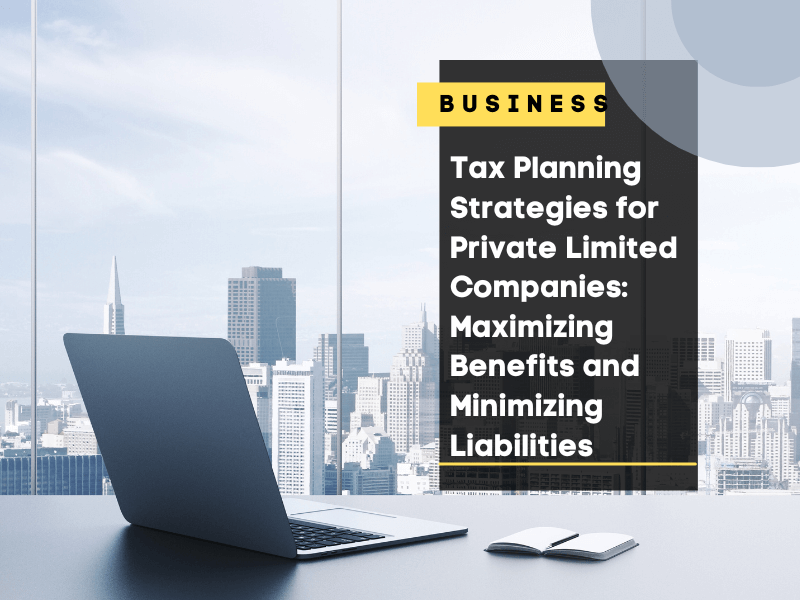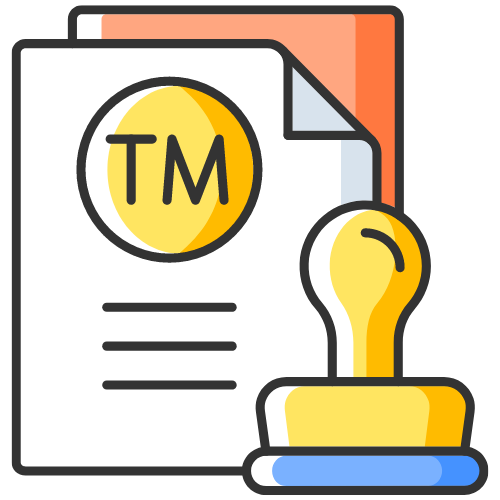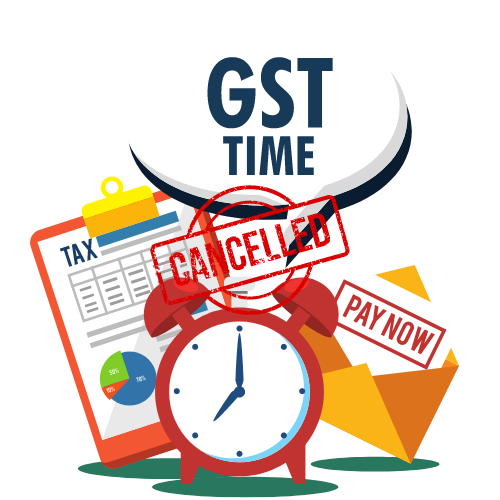Tax Planning Strategies for Private Limited Companies Maximizing Benefits and Minimizing Liabilities
Discover actionable tax planning strategies tailored for private limited companies to optimize benefits and mitigate liabilities. Explore methods for maximizing deductions, leveraging investment opportunities, and structuring dividends effectively for sustainable financial growth.

Tax planning is an integral part of financial management for any business, and private limited companies are no exception. Effective tax planning not only helps in minimizing tax liabilities but also maximizes benefits and optimizes cash flow for growth and sustainability. In this blog post, we'll explore some strategic tax planning approaches tailored specifically for private limited companies to ensure they make the most of available tax benefits while staying compliant with regulations.
-
Understanding Tax Structure:
Before diving into tax planning strategies, it's crucial to understand the tax structure applicable to private limited companies. In most jurisdictions, private limited companies are subject to corporate income tax on their profits. Additionally, dividends distributed to shareholders may be subject to further taxation.
-
Optimal Salary vs. Dividend Distribution:
One of the fundamental tax planning strategies for private limited companies is determining the optimal mix of salary and dividend distribution for company owners and directors. While salaries are deductible expenses for the company, they attract income tax and social security contributions. On the other hand, dividends may be subject to lower tax rates or qualify for tax exemptions, depending on the jurisdiction. By striking the right balance between salary and dividends, companies can minimize overall tax liabilities.
-
Utilizing Tax Deductions and Credits:
Private limited companies should take advantage of available tax deductions and credits to reduce taxable income. This includes deductions for business expenses such as salaries, rent, utilities, and professional fees. Additionally, companies may be eligible for tax credits for activities like research and development, investment in certain industries, or environmental initiatives. Maximizing these deductions and credits can significantly lower tax liabilities.
-
Timing of Expenses and Income Recognition:
Timing is crucial in tax planning. Companies can strategically time the recognition of expenses and income to optimize tax outcomes. For example, deferring income to the next financial year or accelerating deductible expenses into the current year can help in reducing taxable income and deferring tax liabilities. However, careful consideration should be given to cash flow implications and regulatory requirements.
-
Investment in Tax-Advantaged Assets:
Private limited companies can consider investing in tax-advantaged assets to minimize tax liabilities while generating returns on investment. This may include investing in tax-exempt bonds, retirement accounts, or qualified business investments that offer tax incentives or deferrals. By strategically allocating funds to tax-advantaged assets, companies can optimize their overall tax position.
-
Capital Allowances and Depreciation:
Capital allowances and depreciation provisions allow companies to claim tax relief on the depreciation of assets used in the business. By properly accounting for capital allowances and depreciation, companies can reduce taxable profits and lower tax liabilities. It's essential to stay updated on relevant tax laws and regulations to maximize allowable deductions in this regard.
-
Utilizing Losses and Group Taxation:
Private limited companies can offset current-year profits against prior-year losses to reduce taxable income. Additionally, in some jurisdictions, group taxation provisions allow companies within the same group to offset profits and losses against each other, resulting in overall tax savings. Proper utilization of loss relief mechanisms and group taxation provisions can help in optimizing tax outcomes for private limited companies.
-
Employing Tax-Efficient Business Structures:
Choosing the right business structure can have significant tax implications for private limited companies. Companies should evaluate different legal and organizational structures, such as partnerships, limited liability partnerships, or holding company structures, to identify the most tax-efficient option based on their specific circumstances, industry dynamics, and long-term objectives.
Effective tax planning is essential for private limited companies to minimize tax liabilities, maximize benefits, and optimize cash flow for sustainable growth. By employing strategic tax planning strategies tailored to their unique circumstances, private limited companies can enhance their overall financial performance and maintain compliance with tax laws and regulations. It's imperative to seek professional advice and stay updated on evolving tax laws and regulations to ensure effective tax planning and compliance in the dynamic business environment.
Latest Updates
ca4filings.com Services




























-registration.png)



